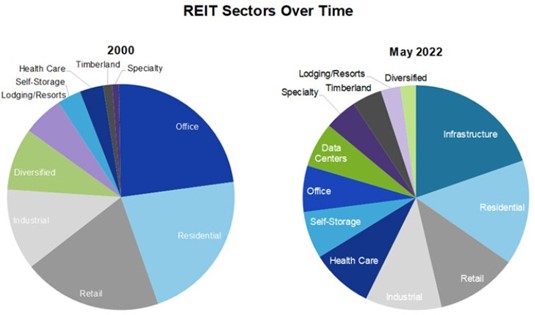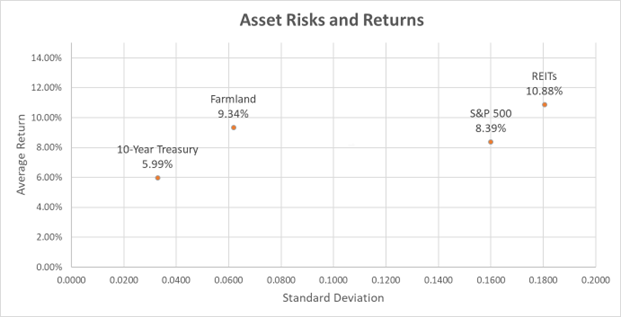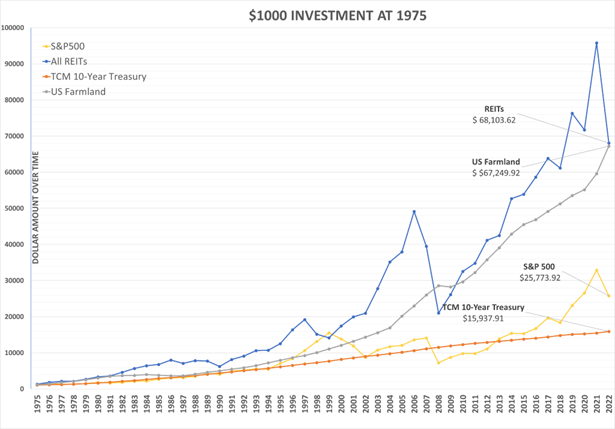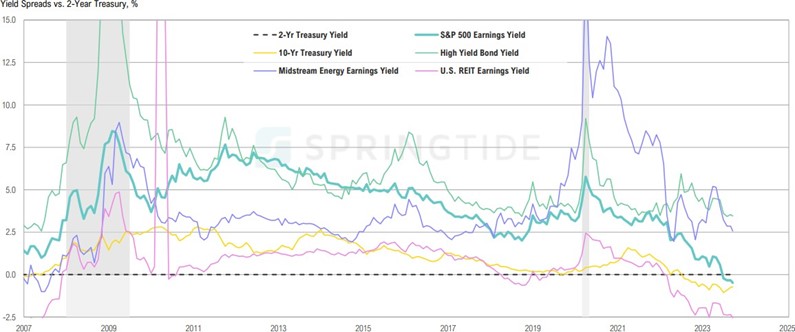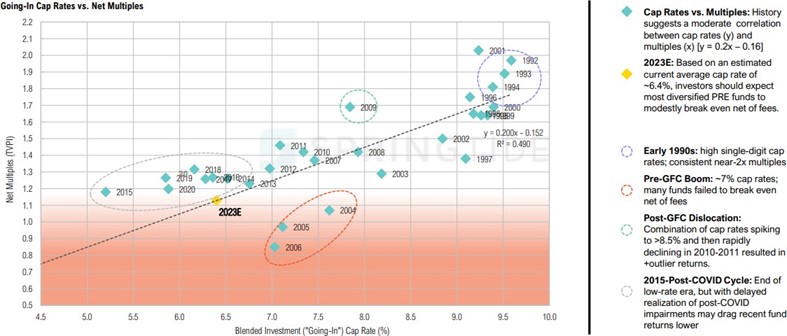In its 2021 report card “Failure to Act: Economic Impacts of Status Quo Investment Across Infrastructure Systems”, the American Society of Civil Engineers (ASCE) gave the United State’s infrastructure a “C-,” up from a “D+” in 2017—the highest grade in twenty years. Still, ASCE estimated an “infrastructure investment gap” of nearly $2.6 trillion this decade that, if unaddressed, could cost the United States $10 trillion in lost gross domestic product (GDP), 3 million jobs, and $2.3 trillion in exports by 2039.
The chart below summarizes ASCE estimated spending gaps to be mindful of in the 2021 infrastructure report card:

By far the largest spending gap in nominal dollars at $1.2 trillion is in surface transportation which includes highways (ASCE – D grade), bridges (ASCE – C grade), and other transit systems (ASCE – D- grade). These vulnerabilities in U.S. infrastructure were punctuated recently by the mishap at the port of Baltimore.
Baltimore Bridge Collapse
While the nursery rhyme whimsically suggests that the London Bridge may be crafted of silver and gold, recent events have starkly toppled this notion. On March 26th, 2024, tragedy struck as a cargo ship departing from the Port of Baltimore en route to Sri Lanka experienced engine failure. This untimely malfunction while the ship was leaving the port led to a collision with the Francis Key Scott Bridge, one of America’s busiest roadway bridges. Prompt action by transportation authorities upon receipt of the ship’s “mayday” call enabled them to halt traffic just in time, yet the collapse claimed the lives of six construction workers performing repair and maintenance work on the bridge. The news of this disaster shocked the nation, sparking concerns about potential disruptions to U.S. supply chains and highlighting ASCE’s earlier warnings about underinvestment in the country’s strategic infrastructure. Cleanup of the bridge wreckage is ongoing with the U.S. Army Corps of Engineers anticipating the port’s reopening by the end of May.

The Port of Baltimore ranks as the 15th largest container port in the United States with its major exports including automobiles, coal, natural gas, and agricultural equipment. India is the largest trading partner with the Port of Baltimore with coal being the primary product being exported to India. Even though the port is expected to re-open by the end of May, the bridge collapse has caused an estimated $28 billion worth of goods to be diverted to other ports leading to additional transportation and fuel costs and delays for suppliers. However, analysts do not expect there to be a considerable impact on consumer prices globally. Locally, the bridge collapse has negatively impacted 15,300 port jobs and is estimated to have cost the State of Mayland $28 million in potential lost tax revenue.

Analysis of U.S. Infrastructure
The Baltimore Bridge collapse is unlikely to have a meaningful impact on global markets, however, this incident warrants more diligent oversight of the U.S. Port system given its importance to U.S. international export markets. The U.S. exports 2.3 billion tons of freight from its seaports annually and currently has 208 commercial ports across America’s coastlines. The largest U.S. port is located in Houston, Texas with more than 265 million tons of freight flowing from the port annually. U.S. ports handle 43% of all U.S. international exports totaling almost $2.3 trillion worth of goods making them crucial to the U.S. Economy. Keeping these ports running smoothly is crucial to the United States’ $27.4 trillion economy as highlighted by the 2021 ASCE infrastructure report.
Experts suggest that the independent ASCE report contributed in part to the bi-partisan infrastructure bill passed in March of 2022 called the Infrastructure Investment and Jobs Act (“Infrastructure Act”). The Infrastructure Act provides $550 billion from 2022 to 2026 to improve roads, bridges, mass transportation systems, and water infrastructure. The main goal of the legislation was to improve supply chain resiliency through improved security, inventory management, and emergency stockpiles after the disruptions that occurred during the COVID-19 pandemic.
Gaps for Investment
The 2021 ASCE report card and recent events make it clear that one of America’s investment priorities should be its strategic transportation, telecommunication, and energy infrastructure. During the spring and summer seasons, it is nearly impossible to travel on of the 164,000 miles of the United States interstate highway system and not encounter road construction or bridge repairs. From an investing perspective, investing in local and national infrastructure, whether it’s transportation, telecommunications, energy, medical, or water management systems, has never been more critical. According to Marsh McLennan, infrastructure emerged as an investment class in the mid-1990s as the .com revolution revealed opportunities in the telecommunications and internet industries. Currently, $100 billion of capital is raised annually for infrastructure expenditures through a variety of investment vehicles, with the most common being private equity and real estate funds. More recently, other forms of tax-advantaged opportunities for infrastructure investing have emerged. Under the 2017 Tax Cuts and Jobs Act, the federal government introduced the opportunity zone program. Opportunity Zones (OZs) are economically distressed communities, designated by the IRS, in which investments in real assets and infrastructure, with requisite improvements thereto, may be eligible for tax-exempt appreciation and other tax benefits. Opportunity zone investments support local economies by building workforce housing, medical or industrial facilities, or renewable energy, data, telecommunication, or agricultural infrastructure. If you are interested in learning more about farmland OZ infrastructure investment in rural America, we encourage you to visit the website for Promised Land Opportunity Zone Fund.
Artificial Intelligence Infrastructure
One of the more topical areas within infrastructure investing these days is in the semiconductor space to meet the growing demand for microchips used in artificial intelligence (AI). AI has been around for several years but recent deployments and advancements of Chat GPT and other AI software are poised to potentially revolutionize the way many businesses are run. The United States has traditionally been dependent on China for microchips and the supply chain backlogs from the COVID-19 pandemic highlighted the risk of continued dependence on Chinese production for this crucial integrated operating component in everything from cars to agricultural equipment. As a result, the White House recently announced a $5 billion investment through the CHIPS and Science Act which will be used for research and development in the semiconductor industry. The goal is to boost domestic chip manufacturing while bolstering a qualified workforce to ensure strategic production capacity remains in the U.S.
The other consideration with artificial intelligence is the immense amount of electrical power necessary to fuel the massive AI computational capacity of the future. As our country works to create a more carbon-neutral society, AI companies are publicly promoting and sponsoring investments in nuclear power as a reliable, renewable baseload power source. Alex De Vries from the Vrije Universiteit Amsterdam School of Business and Economics researched the necessary electric power for the expected AI infrastructure buildout and estimatedthat a 50% increase in the amount of electricity would be required to power the growing demand for AI-driven data collection and analysis. Alex’s analysis bodes well for all renewable and traditional sources of electrical generation generally. Further, many experts believe AI-driven demand for electricity may result in a nuclear power renaissance.
Servant Financial expanded its allocation to real assets and infrastructure by adding the Sprott Uranium Miners ETF (Ticker: URNM) and Recurrent MLP & Infrastructure Class I mutual fund (RMLPX) to client portfolios in mid-February. Each fund received an initial position size ranging from 0.7% to 1.7% depending on investor risk profiles. URNM invests in uranium mines and the infrastructure necessary to procure and process uranium. The ETF invests in 20-40 globally diversified stocks with its top holdings consisting of Cameco which is a Uranium producer located in Saskatoon, Canada. URNM’s total return year-to-date through April 26, 2024, was 5.7%.
RMLPX invests in energy infrastructure master limited partnerships (MLPs) and C‐corporations, which primarily hold midstream pipeline assets. RMLPX’s total return year-to-date through April 26, 2024, was 17.0% and its current yield is 5.7%. Servant Financial will continue to closely monitor URNM’s and RMPLX’s performance along with its other real asset allocation as the economy moves through a transitionary period that has the potential to reignite inflation. The nascent nuclear renaissance to support the artificial intelligence capacity buildout will also be a keen area of interest.
The recent Baltimore Bridge collapse serves as a blunt reminder of the vulnerabilities within our transportation networks and the potential ripple effects on domestic supply chains. As we continue to assess its aftermath, it is clear from the ASCE 2021 report card that investments in infrastructure are not just prudent but imperative for sustaining economic growth and prosperity for communities nationwide. Fortunately, investment opportunities abound, spanning from traditional sectors like transportation and energy to emerging fields such as data centers and artificial intelligence infrastructure. Whether it’s investing in local roads and bridges or speeding along the information superhighway of the future with artificial intelligence, infrastructure investing is poised to remain a cornerstone in investment portfolios for years to come.
While bridges aren’t made of silver and gold, silver and gold are common materials used in computer chip design, including artificial intelligence chips. Gold is often used for its excellent conductivity and resistance to corrosion, while silver is valued for its high thermal and electrical conductivity. Both metals play crucial roles in ensuring the efficiency and reliability of computer chips used in AI applications. By minding the gap in U.S. infrastructure investment, your investment portfolios may shine brighter.





